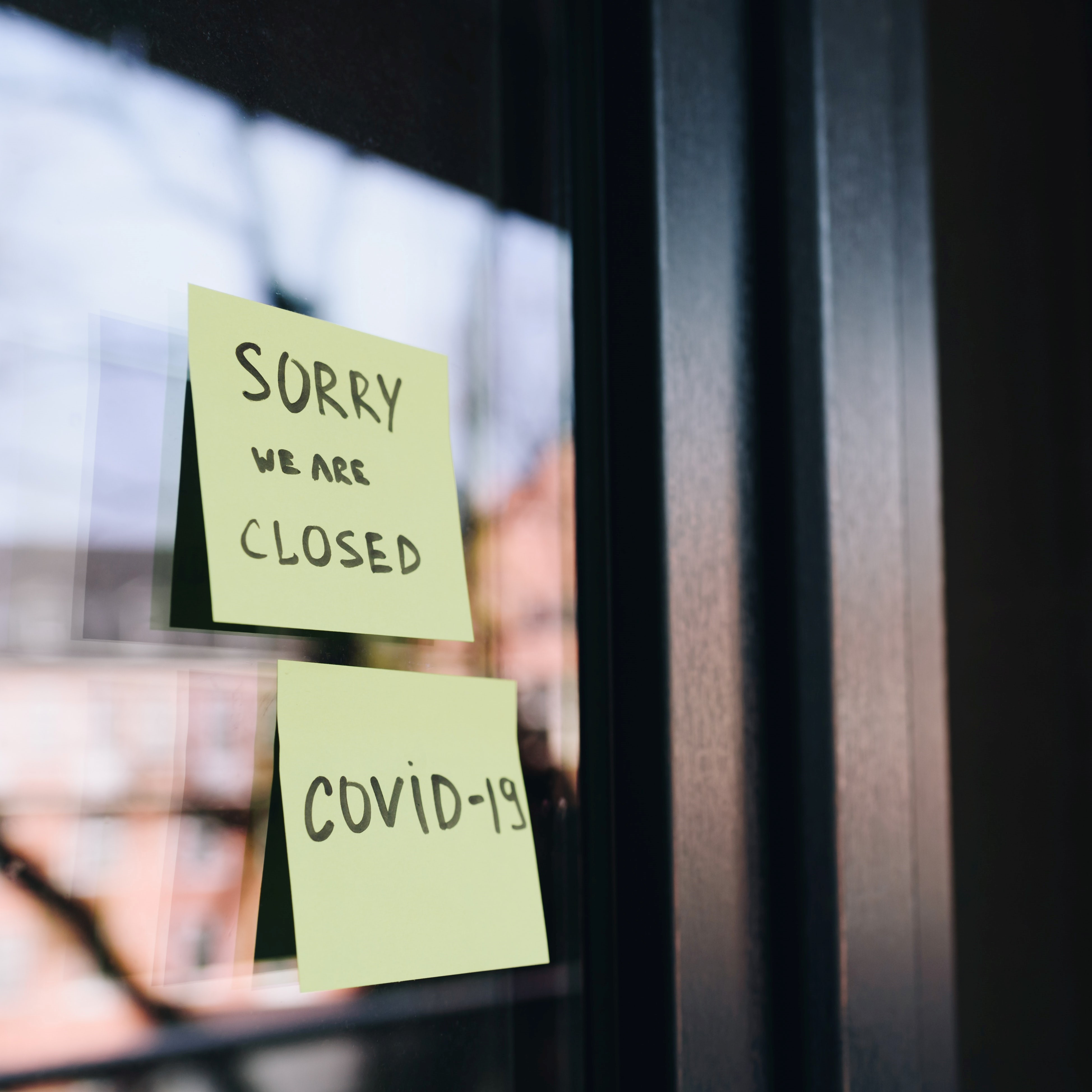Information on Cookies
To make the best use of our website, you'll need to make sure your web browser is set to accept cookies to ensure you receive the best experience.
For further information, please read our Cookies Policy.

Log In

There are four types of evidence currently available to understand where transmission is occurring; each has limitations, but they are consistent in supporting the view that hospitality venues are a significant risk for transmission. This brief overview is intended as an introduction to the relevant SAGE papers.
Mechanistic and wider data/evidence on risk factors: (SAGE 40, EMG/NERVTAG paper, SAGE 63):
Transmission risk is a combination of environmental and behavioural factors: higher risk contacts are those that are close, prolonged, indoors, face-to-face, in poorly ventilated and/or crowded spaces, or involve “loud” activities. These are all prevalent in the hospitality sector (but not unique to it). The disinhibitory effects of alcohol are likely to exacerbate difficulties with social distancing.
Analysis of the impact of tiers and national-level restrictions (SAGE 67, 12 Nov):
The general picture in the UK (and overseas) is that it has only been possible to get R consistently below 1 in places where there have been substantial restrictions on hospitality. SAGE analysis of tiers, firebreaks and other interventions in the four nations of the UK found that epidemics shrunk in every area subject to Tier 3/3+ in England or with national restrictions in Northern Ireland. All other interventions were followed by a more mixed picture.
Data from epidemiological analysis of outbreaks (SAGE 63, EMG/Nervtag paper):
Japan, China, South Korea, and Indonesia noted that their largest superspreading events originated from pubs, clubs, restaurants, gyms and wedding venues. An analysis of 3,184 cases in Japan identified 61 case-clusters that were observed in healthcare and other care facilities, restaurants and bars, workplaces, and music events. The largest clusters in Hong Kong were associated with transmission in bars and at a wedding dinner, both locations in which face masks were not worn. At least 246 cases of coronavirus disease (COVID-19) have been linked to nightclubs in Seoul. A super-spreading event in Vietnam, including analysis using genomics, indicated 12 cases linked to transmission in a poorly ventilated bar, only four of whom had close contact with the index case.
Case-control and other association studies (SAGE 63, EMG/Nervtag paper):
These studies look for a statistical correlation between activities/locations and infection and have found significant associations between hospitality and infection. A report from the US CDC found that those infected with SARS-CoV-2 without known close contact with a person with confirmed COVID-19, case-patients were 2.8x more likely to report dining at a restaurant (aOR = 2.8, 95% CI = 1.9–4.3) or 3.9x more likely to report going to a bar/coffee shop (aOR = 3.9, 95% CI = 1.5–10.1) than were control participants. In a study from China, where 391 cases and 1,286 of their close contacts were followed up, the secondary attack rate was twofold higher if dining was involved. According to a systematic review including papers published up to 3rd of July, the majority of pre-symptomatic transmission events involved dining in close proximity.
